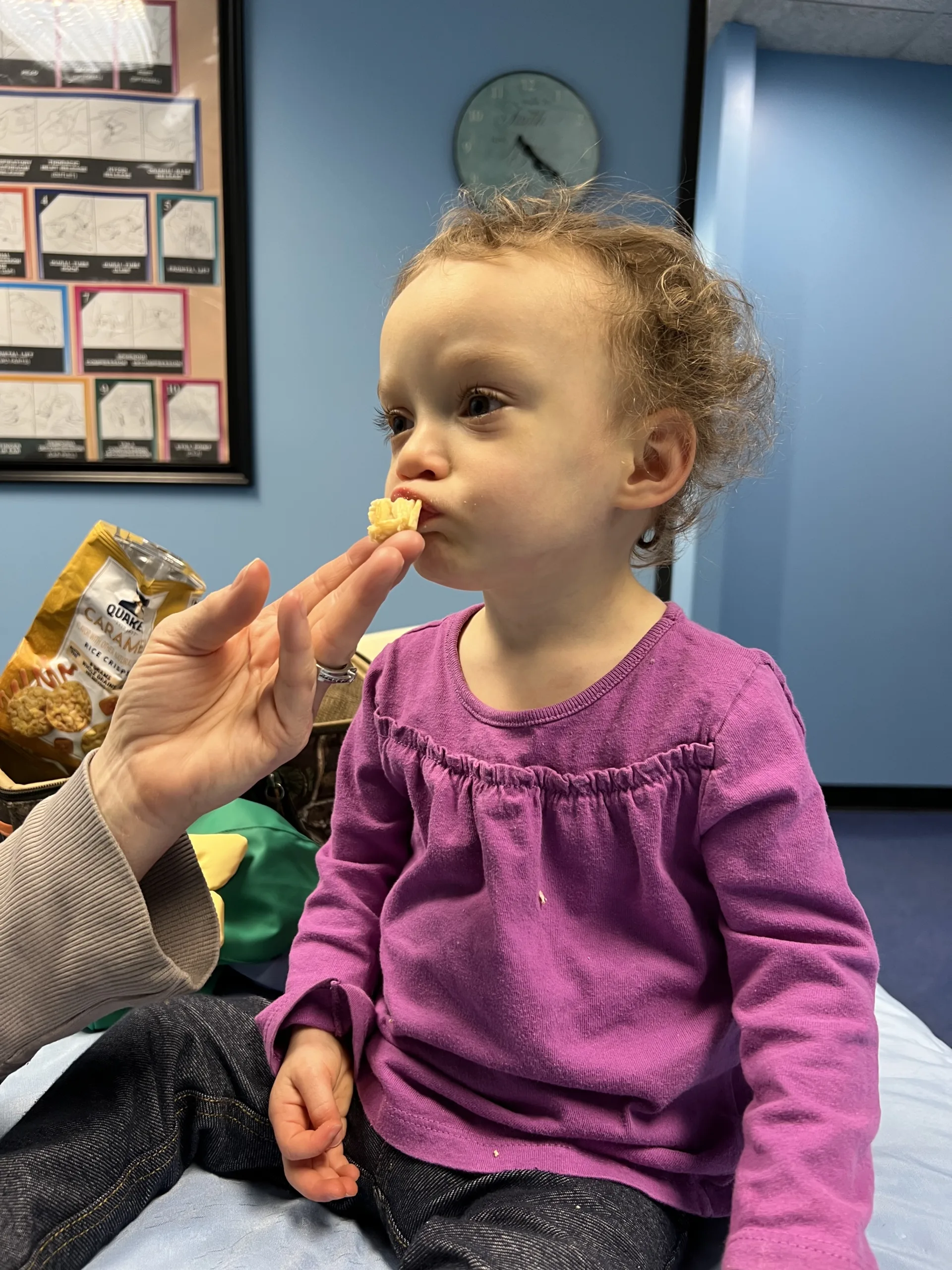It’s a common assumption that children will just naturally eat without any issues, but the reality is more nuanced. The journey of feeding a child can present challenges that may not be immediately evident. Feeding issues often take root early in a child’s life and, if unaddressed, can progressively escalate over time.
From the very beginning, factors such as sensory sensitivities, oral-motor challenges, or difficulties with coordination during feeding can influence a child’s relationship with food. These challenges may start subtly, but without intervention, they can amplify as a child grows.
Recognizing and addressing feeding issues early is crucial for the overall well-being of the child. It involves understanding the intricacies of their sensory experiences, oral-motor skills, and the dynamics of their feeding environment. By fostering a holistic approach to feeding, we can pave the way for a child to develop a healthy and enjoyable relationship with food that positively impacts their growth and development throughout their lifetime.

Age |
Signs of a Potential Feeding Issue |
|
Infant (0-4 months) You should see:
|
|
|
5-7 months You should see:
|
|
|
8-9 months You should see:
|
|
|
9-10 months You should see:
|
|
|
10-11 months You should see:
|
|
|
12 months You should see:
|
|


If you notice any of these indicators or signs of potential feeding issues in your child, we are here to help! Unfortunately, feeding challenges persist and tend to intensify, potentially leading to an increasingly restricted diet for the child. Reach out to us today, and together, we’ll guide you and your child toward a path of success and the joy of shared meals.
Give us a call to start your journey forward: (248) 939-4030





